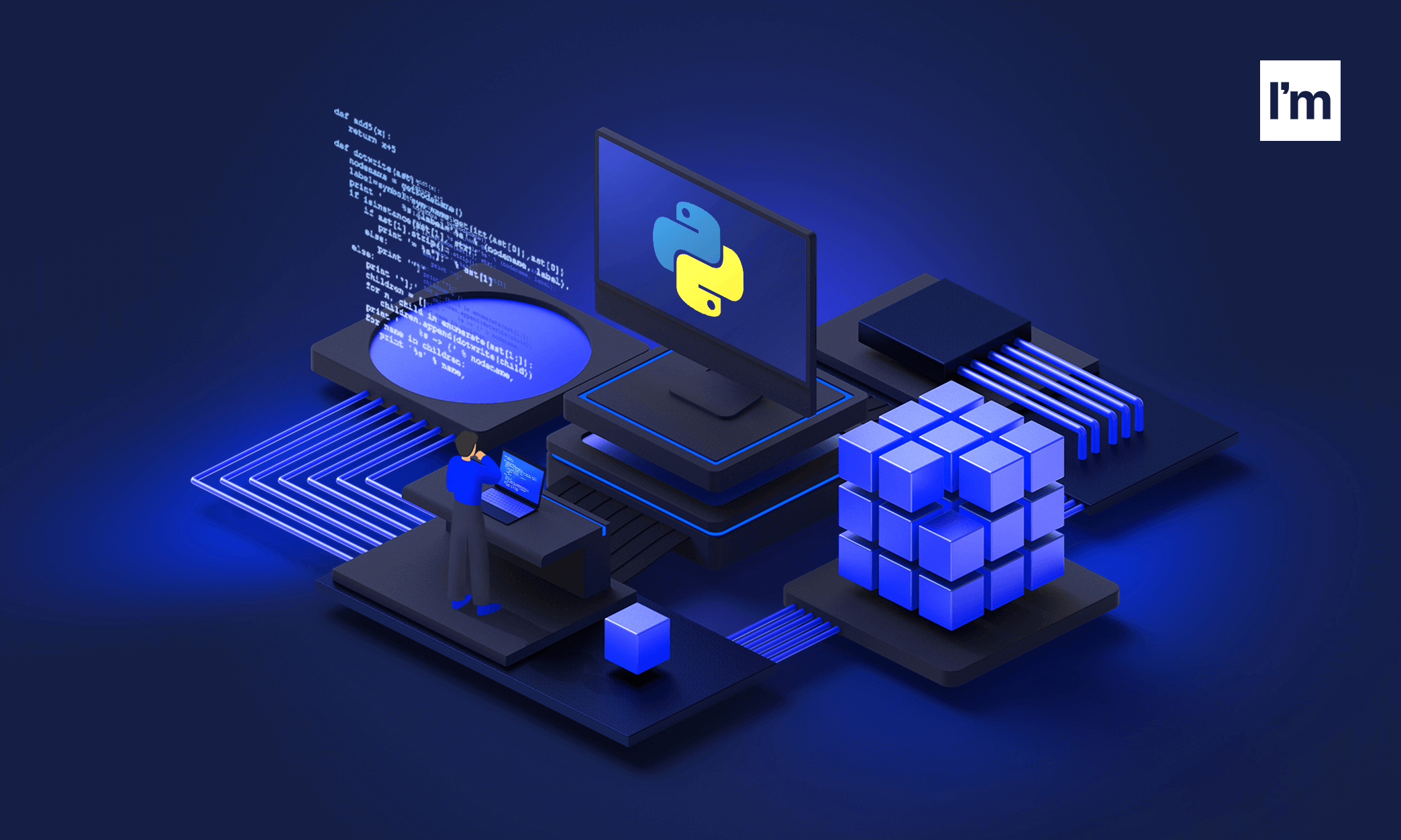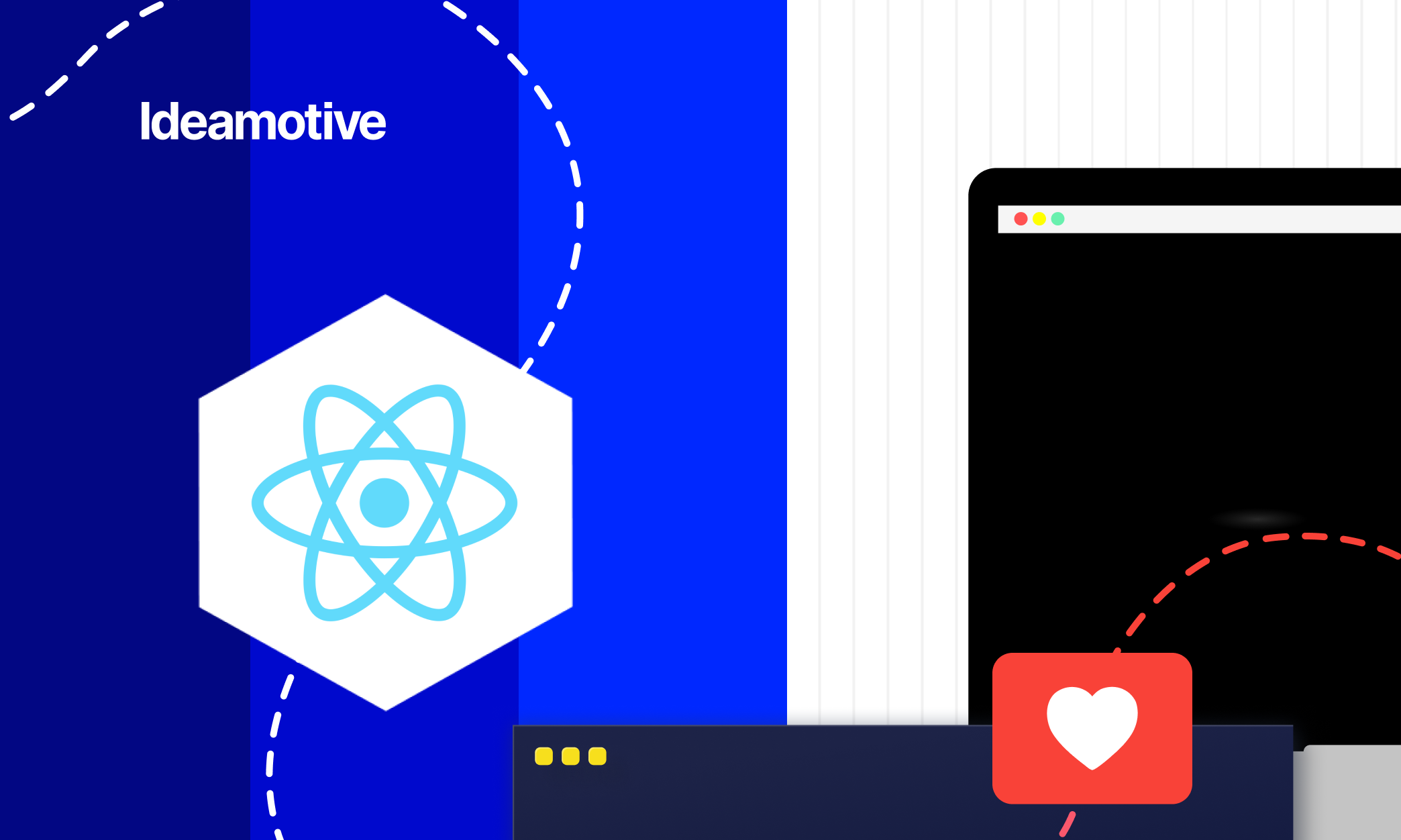15 Amazing Django Website Development Examples You Should Look At in 2023
Dec 29, 202213 min read

Dawid Karczewski
Senior full stack developer and CTO at Ideamotive.
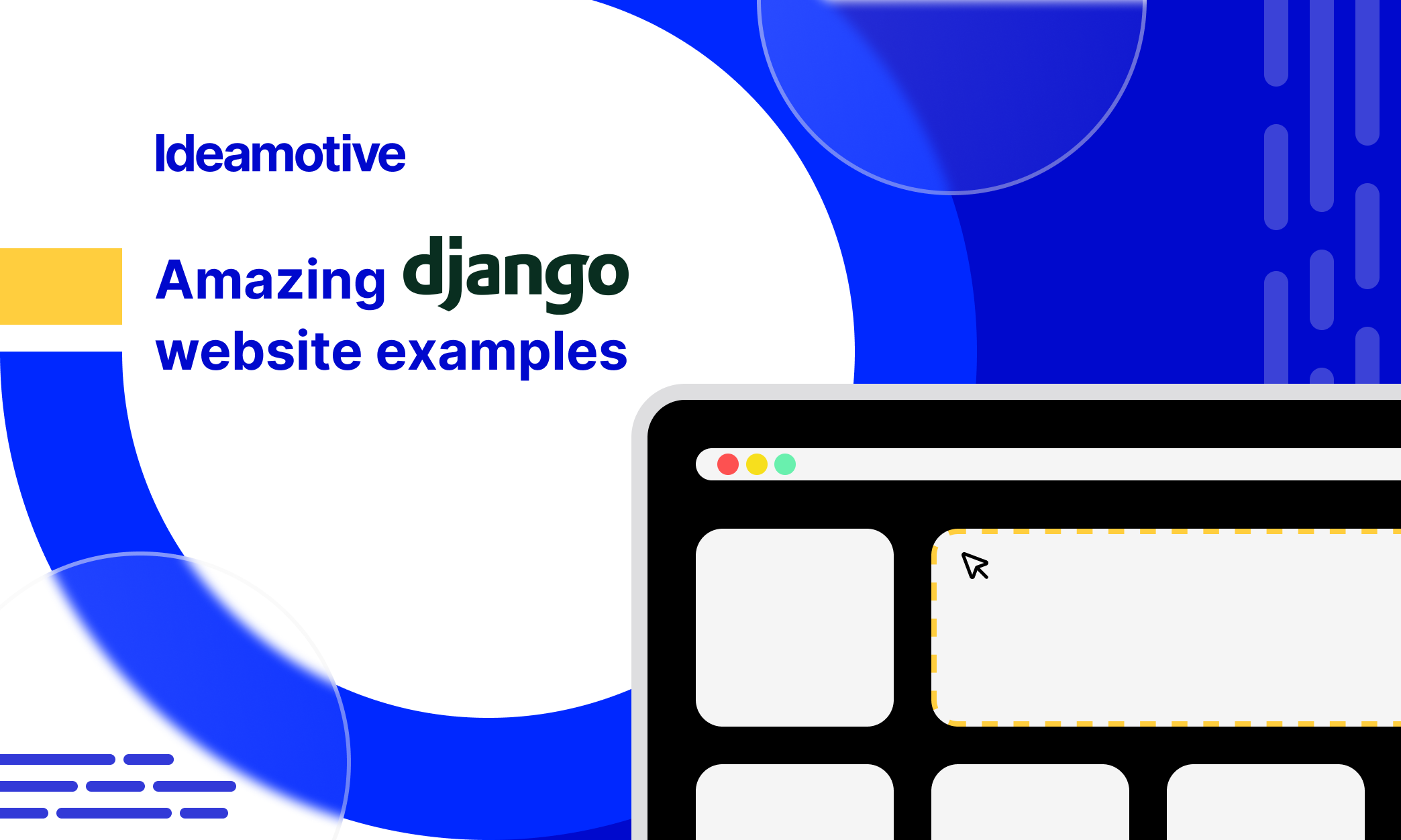
Django helps to build secure and fast-loading web applications or websites. We present 15 famous Django website development examples that became successful projects. Can market monsters' experience show you how to stay ahead of your competitors? Absolutely.
The web programmers of the online version of the Lawrence Journal-World: Adrian Holovaty and Simon Willison created Django in 2003-2005. They named it after the French guitar virtuoso Django Reinhardt (Rana Renard). Since 2008, the Django Software Foundation has been developing and updating the framework.
Several well-known websites have played an essential role in Django's success: Pinterest, Dropbox, Spotify, and The Washington Post. The Django community on GitHub currently includes over 900,000 developers worldwide.
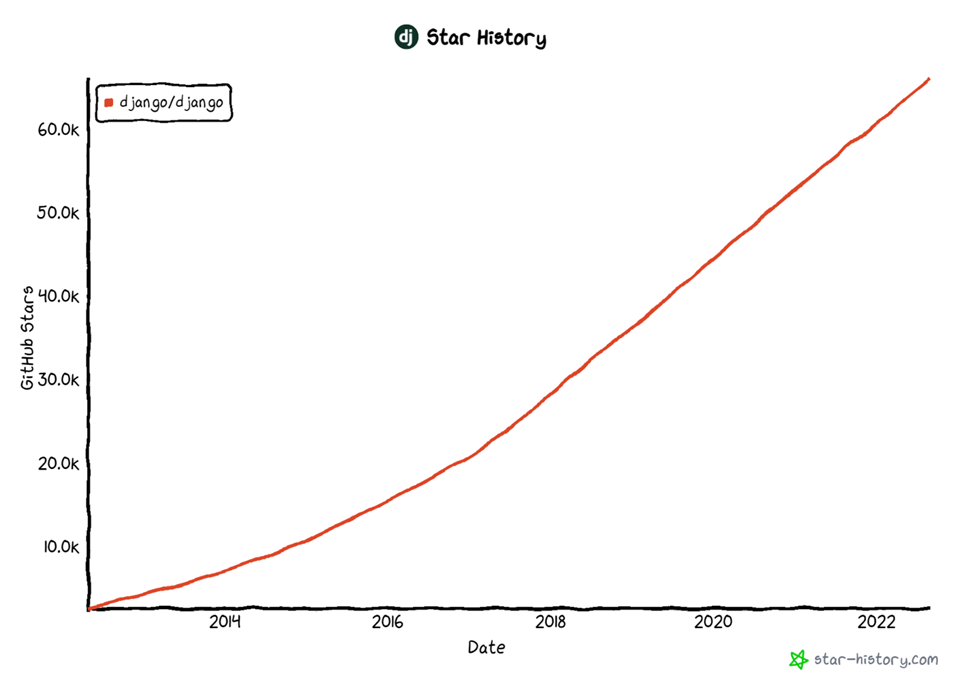
What is Django framework
It’s the best web framework written in Python. This tool helps develop websites that work with databases.
Like any other framework, "Django" is a software platform on which the developer "hangs" additional application components:
- User interface;
- Scripts (scenarios) for running the elements of the application/website;
- Software libraries;
- Multimedia content (photo, video, audio);
- Security modules;
- Databases, etc.
The framework is responsible for the fundamental aspects of the product. And plug-in (replaceable) modules - for the specific functions of a particular application.
It allows you to:
- Speed up development;
- Simplify support;
- Avoid errors in the application.
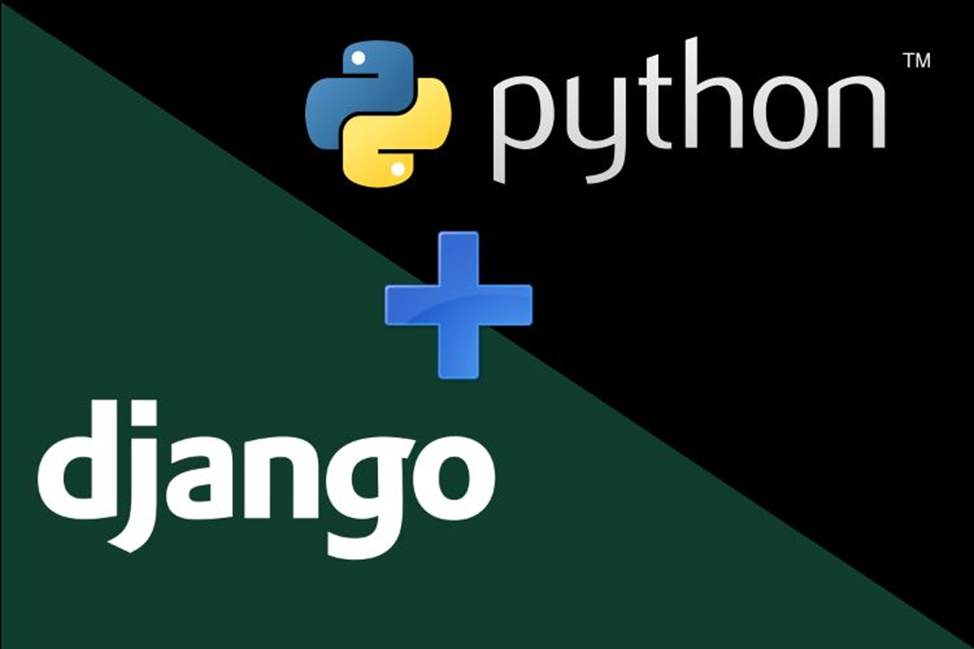
What is Model-View-Controller (MVC) code and Model-Template-View
The Django framework written in the Python programming language follows the peculiarities of this language. The creators have implemented the MVC pattern in Django and used it in the framework's current version.
Model - business logic, i.e., a set of methods, rules, and constraints for working with data.
View - a component that displays data to the user depending on the change in the Model.
The controller is a software mediator that processes user actions and tells the Model how to change. The controller of the classic MVC model roughly corresponds to the level that Django calls the View, and the Template level implements in Django the presentational logic of the View.
For this reason, Django's architecture is often referred to as the Model-Template-View (MTV):
- The Model is still responsible for working with the data (access, processing, validation, etc.);
- Templates determine how to display the information;
- The View describes what data to show to the user.
The principle repeats the concept of MVC, so Django is an MVC-compatible platform.
The Django documentation defines a model as "a source of information about data containing key fields and behavior." Typically, one Model points to one table in the database. The framework supports PostgreSQL, MySQL, SQLite, and Oracle databases.
Models contain information about data. Attributes or fields represent this data. Since the Model is a simple class, it knows nothing about the other layers of Django. Interaction between the layers takes place through the API.
The Model is responsible for business logic, methods, properties, and other data manipulation elements. Models also allow developers to create, read, update, and delete objects in the database.
The basic structure of the framework includes the following components:
- URL routers that redirect an HTTP request from a browser or other Web client to views;
- The View that processes the request accesses the Model and tells it exactly what data to use from the database to fulfill the request;
- A Model (database manager, ORM) that "pulls" the required information from the database and passes it to the View;
- HTML templates used by the View to display the data received from the Model to the user.
The framework includes highly specialized modules and features, including:
- Web server for product development and testing;
- Built-in dispatcher for exchanging events between application components via specified signals;
- An international system that adapts Django to different language and cultural environments;
- Built-in authentication and authorization modules, as well as the function to connect similar external entities;
- Filters for additional processing of requests (caching, compression, redirection, etc.);
- Admin interface for adding, editing, and deleting application/website content;
- Python interface for internal testing framework;
- Commenting tools;
- Protection module against cross-website scripting, password cracking, and other attacks.
Why is Django a good choice for web development?
Inexperienced people think it’s one of the many content management systems (CMS). But Django is a tool that allows you to create and run web applications.
NOTE: The name of the framework emphasizes its versatility. As mentioned, it has a name after renowned jazz guitarist Django Reinhardt. Although two fingers of his left hand stopped working after an injury suffered in a fire, this musician played guitar masterfully. That is, the musician had to play chords with three fingers.
The framework handles a large number of tasks and essential workloads that helps to create:
- CRM systems;
- CMS;
- Communication platforms;
- Room reservation services;
- Document management platforms;
- Algorithmic generators;
- Email newsletter platforms;
- Verification systems;
- Filtering systems with dynamic rules and complex parameters;
- Platforms for data analysis, complex calculations, and machine learning.
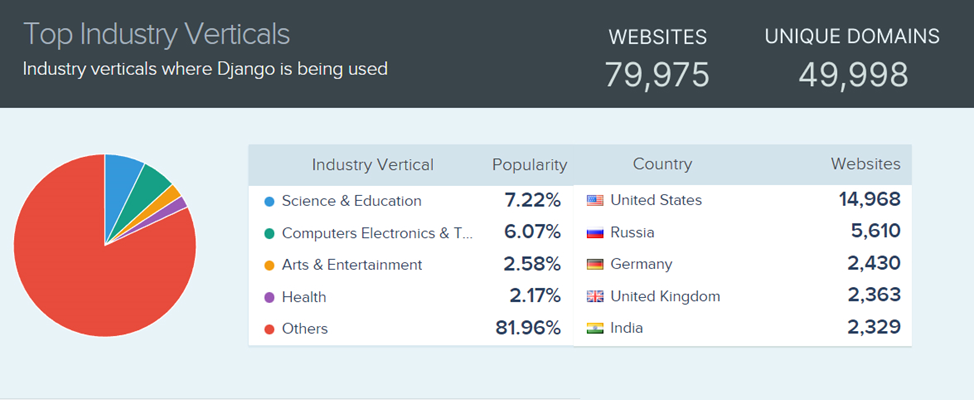
Following SimilarTech reports, you will find detailed information about TOP-websites that use Django. It powers thousands of websites around the world. This framework is also great for web application development. Let us look at what advantages web developers find in this tool.
Advantages
If you ask experienced developers why they chose Django, you will get the following list of benefits.
Completeness
The Django framework has an all-inclusive approach. A developer can use it to create a web application without third-party components. It's handy for novice programmers as they do not have to get distracted by searching for additional tools to solve typical problems.
Versatility
Django is suitable for developing websites and applications of any type: content management systems (CMS), news or information resources, video hosting, social networks, etc. It can work with all files, databases, and client environments. A developer can take it from third-party sources if the "boxed" framework version does not include a component for implementing a specific product.
Maturity level
Django entered the IT market in 2005. It has changed and improved a lot in the 15 years of its existence. If you are unfamiliar with Django and are looking for an answer to a particular question, it’s easy to find this answer. Many specialists had solved the same problems before you and shared their experiences on the Internet. That's how the Django community works.
Reliability
The Django Software Foundation and the third-party community maintain and develop the software. They update, improve, and check the framework for bugs. Django applications are stable and contain fewer bugs than applications developed with other frameworks, CRM, or from scratch.
Admin panel
The Django admin panel generates automatically when you create your application. It saves the developer from having to make the admin panel manually. Third-party applications can be used to enhance the default Django admin panel and customize it to meet the needs of your project. You can also use the framework to customize the interface of the default admin panel.
SEO friendly
The code in Python is readable and understandable, even for untrained people. This is one of the factors that make Python web applications SEO friendly. Django generates semantic URLs. They are also called human-readable URLs or CNCs. Django applications also make it easy to implement other search engine optimization features.
Scalability
Django's architecture is based on the independence of each component. You can replace or change any component without affecting others. Django's capabilities allow you to develop and expand applications as traffic and workload increase.
Maintainability
Django allows you to reuse code and group related functions into separate modules. It lightens, shortens, and simplifies the structure of the application. When you hire a new developer, they can quickly understand the software architecture and provide high-quality support.
Security
Django has built-in tools to protect against common hacking attacks. You can also effectively distribute access to data among users of different levels. It increases the security of the product and the stability of its operation.
Portability
Django's programming language is Python, adapted to all popular platforms. Applications developed on the framework work equally well on Windows, Mac OS X, and Linux-based operating systems and their versions. Web hosts support Django with proper infrastructure and documentation.
Openness
Django is open source; anyone can use it to develop applications or websites for any purpose.
Flexibility
Django is a "moderately flexible" framework. It provides multiple tools for solving a problem and 1-2 approaches for using them. That is, the developer can choose between different options and at the same time not get lost in their diversity.
Extensibility
Plugins extend the functionality of Django. These software modules allow quickly adding the desired function to the website. The official catalog contains hundreds of plugins that will enable you to swiftly implement sitemap.xml on the website, manage access, connect to the Stripe payment system, and so on. If necessary, you can disable or replace plugins to adapt the application to the project's current needs.
Libraries
Standard programming languages have libraries that are suitable for solving specific problems. In libraries, you can find ready-made solutions: functions, classes, configurations, etc. These solutions extend the possibilities of the language and simplify the creation of applications.
Django supports the use of libraries when developing web applications. Popular libraries are:
- REST framework, which facilitates the use of the API;
- CMS is a handy content management tool;
- Django-Allauth - with its help, you implement registration, authorization, and account management functions.
ORM
Django implements an Object-Relational Mapping (ORM) that enables your application to interact with databases (DB). ORM automatically transfers data from a database, such as PostgreSQL or MySQL, into objects used in the application code.
ORM accelerates the development of prototypes and finished web applications in Django. The Django developer does not need to know the language to interact with databases.
ORM also allows you to switch between databases with minimal code changes quickly. For example, you can use SQLite on a local server and switch to MySQL on a production server. However, using the same database during development and production is better to minimize errors.
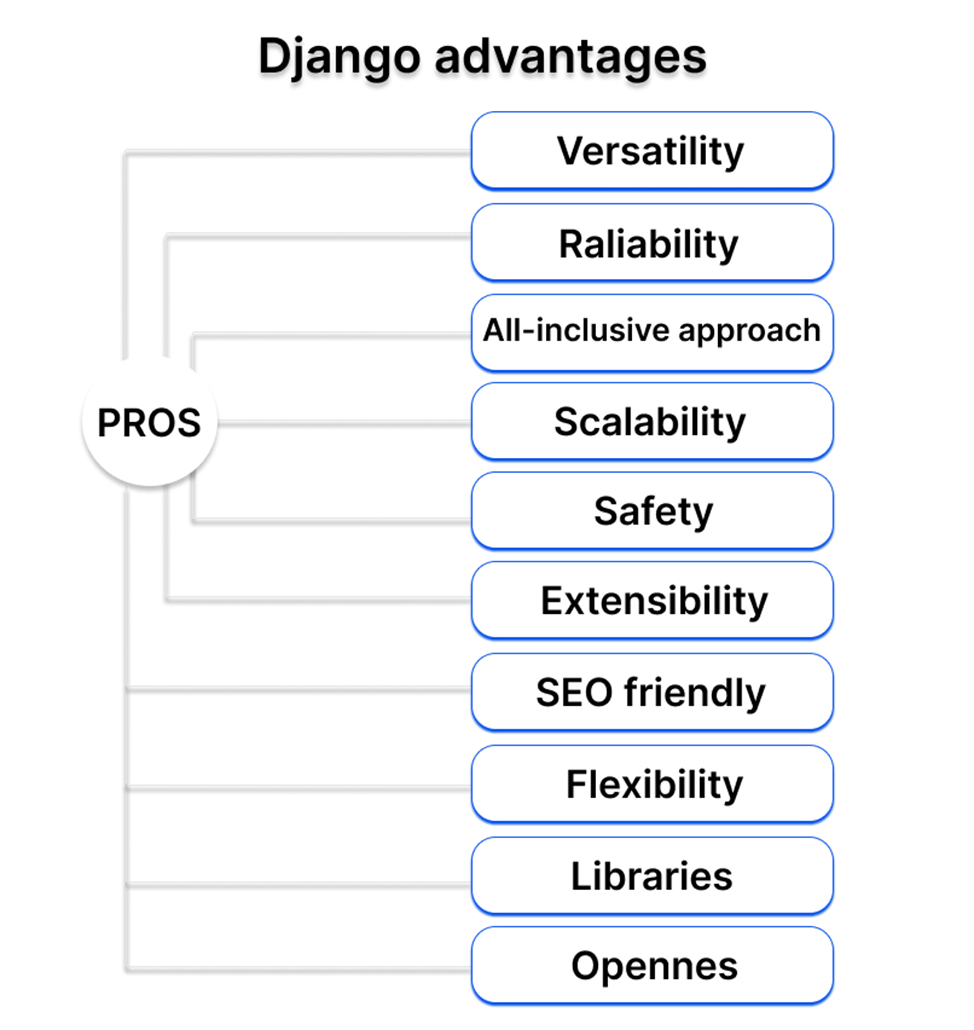
Disadvantages
Those who work in development know that all frameworks have disadvantages. We can highlight here the following ones:
Not suitable for small projects
Django's capabilities can overkill a small project. However, you can choose other frameworks in the Python ecosystem in such cases. For example, if you want to create a simple chat, it's better to ask skilled developers what framework is better to use.
Solidity
Django is becoming a single and self-sufficient set of developer tools. It allows you to implement even large projects without relying on third-party applications and services, but it also slows down the development of the framework itself. Developers have to spend their energy on all the tools that are part of the core.
Deprecated ORM
Django has a database manager that allows it to work with different databases. However, it lacks some useful features that other ORMs have. The biggest drawback is the lack of integration with SQLAlchemy, the primary Python tool for working with databases.
Lack of multitasking
The framework does not allow separate processes that handle multiple queries simultaneously. Although developers are trying to solve the problem, they must use different approaches.
URL routing pattern
Based on the use of regular expressions (symbols and metacharacters) that define search rules. The mechanism works well, but its setting causes difficulties for beginners as it increases the entry threshold.
Installing
The process varies depending on the version of the framework and the hardware platform and operating system installed. Follow the recommended procedure for installing Django on a personal computer running Windows.
Installing a virtual environment
This step is optional, but it makes it easier for programmers to work with Django. With a virtual environment, you can run multiple Python applications independently. For example, suppose you have a project on the old version of Django. Once an updated framework appears, you can create a second project without affecting the first one. This way, you can take full advantage of the new version of Django without wasting time updating the previous project. To use a virtual environment, you must first activate it using the activate.bat file. You must do this every time you work on a project. When you finish the work, the virtual environment must be deactivated using the deactivate.bat file.
Versatile approach
It's a "moderately flexible" framework. It provides several tools to solve a problem and 1-2 approaches to their use. That is, the developer can choose between different options and at the same time not get lost in their diversity.
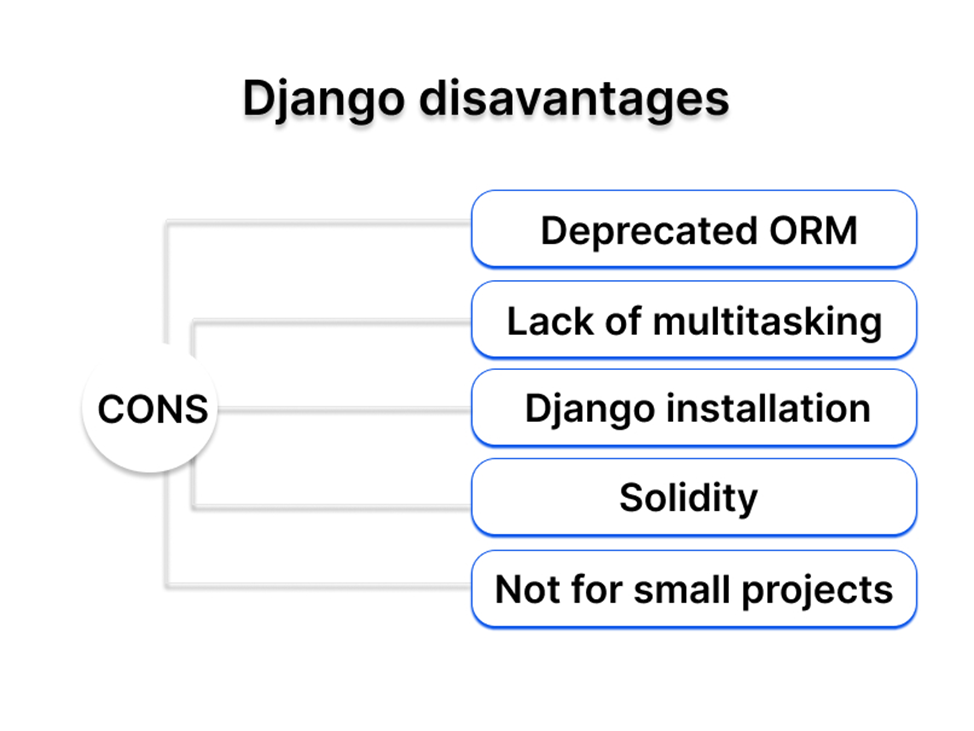
When to use the Django framework
Today we can see on the web social networks, video hosting, music services, search engines, etc. developed on Django.
If you want your product to be successful, you should take consider using it if your tasks are as follows:
- You have high requirements for the stability of the application and its protection against hacker attacks;
- You anticipate a possible increase or decrease in the size of the project in the future;
- You plan to use different databases;
- There are limitations in terms of deployment time as well as financial support;
- You plan to use advanced IT technologies (e.g., neural networks) in the project;
- Different specialists (groups of developers) support and develop the project;
- There is not enough experience to develop web applications and websites from scratch;
- You need ORM support to avoid working directly with database queries.
- It is better to choose other options for the development of your project:
- When implementing a project with a complex, branched structure and broad functionality;
- Writing a simple application with minimal functionality that does not use the database;
- Implementing a project with a specific architecture and functionality that requires writing code from scratch;
- Lack of essential knowledge and experience with Python.
15+ Django website development examples
Using the following list of websites developed with Django, we want to analyze the benefits of implementing this platform. We hope this information will inspire you to build your project using Django.
№1. Youtube
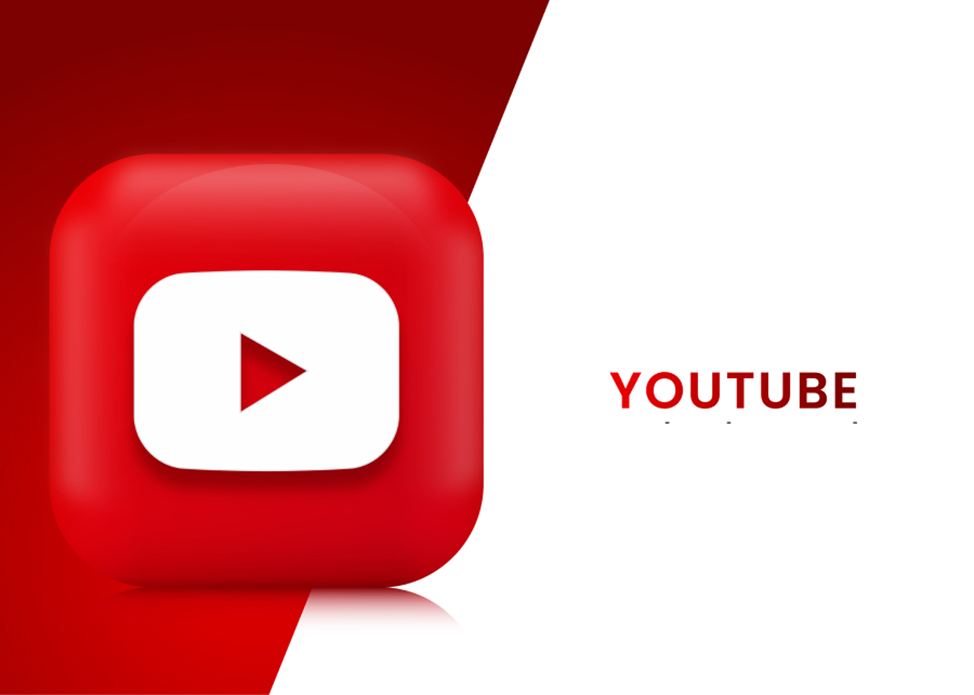
Google's most prominent video hosting, YouTube uses Python and the Django framework in many projects. The popular and enormous platform YouTube is no exception.
Initially, the language was PHP, but the rapid growth of its audience and the need to implement new features led the team to join the Django community. The decision is evident because the audience is growing, and the internal architecture needs to be constantly adapted.
№2. Google Search

Google has long used Python in many of its products. The company has consistently recognized the potential of this language and tries to use it as often as possible. The company uses the Python language and the Django framework for its main project, Google Search.
№3. Dropbox
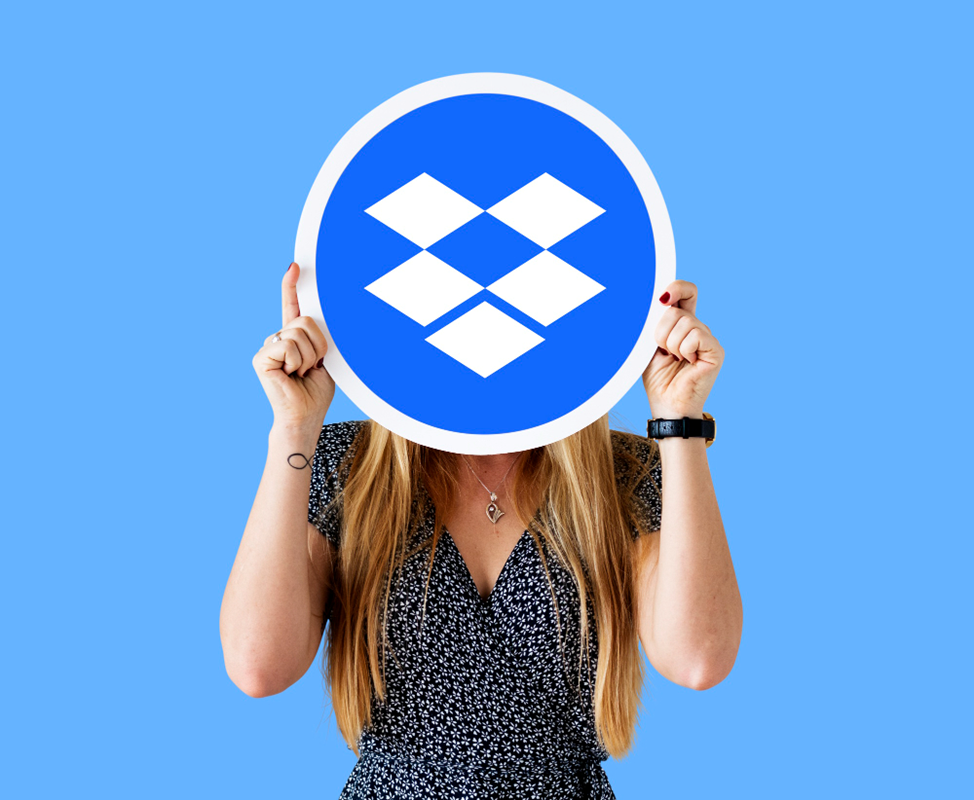
Dropbox is one of the world's largest data storage websites, or, simply put, cloud storage. Dropbox has created a new way of storing data in the cloud. You can access your files from any device. The most popular and well-known cloud storage application for documents, videos, graphics, etc., allows us to store, sync, and share almost anything using Python.
The project's developers used Python to create the back-end and client software. It allowed the team to develop a product relatively quickly. With Django, the developers could add a user history option, sync an account across devices, and, most importantly, add a file-sharing option.
№4. Instagram
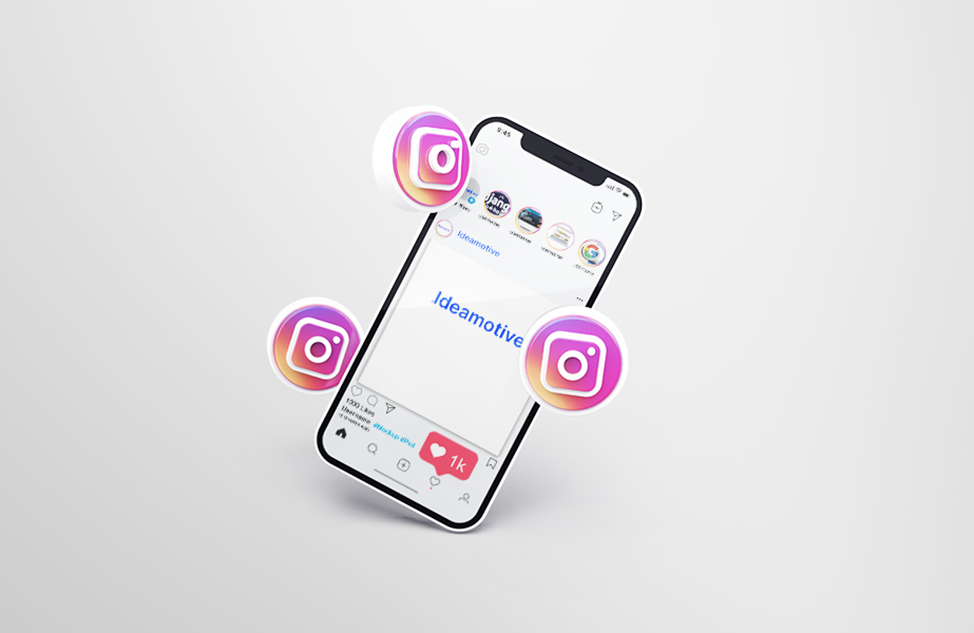
Instagram is one of the most popular social media worldwide. It allows users to post their photos, like others, and delve into their friends' and celebrities' lives worldwide. Instagram is a mobile application, but if we talk about its web version, built on Python Django.
From the beginning, Instagram has used Python as a core technology in its tech stack. The company has used several Python versions and moved to a dedicated Python 3.5.
Instagram processes vast amounts of data and user interactions (likes, posts, etc.). With Django, the Instagram team can handle all this and benefit from out-of-the-box tools that allow them to focus on UI and UX.
It helped Kevin and Mike, the co-founders of Instagram, develop the app's first version in about two weeks. According to Mike, it was effortless to get started with Django because it did not require a lot of solutions or a lot of customization and made testing more manageable.
Instagram became popular, and the company started looking for new technologies for its system.
The team valued different languages and frameworks but eventually chose Python and Django. Hui Ding, a former development manager at Instagram, says, "We were able to reach several hundred million users with our Python/Django stack, so we decided to move forward. The most important thing about this decision was that our engineers love Python. That's the reason people want to work for us."
What's more, Instagram uses Sentry to monitor and report Python bugs. Sentry allows them to track and detect bugs in their system in real time.
№5. Reddit
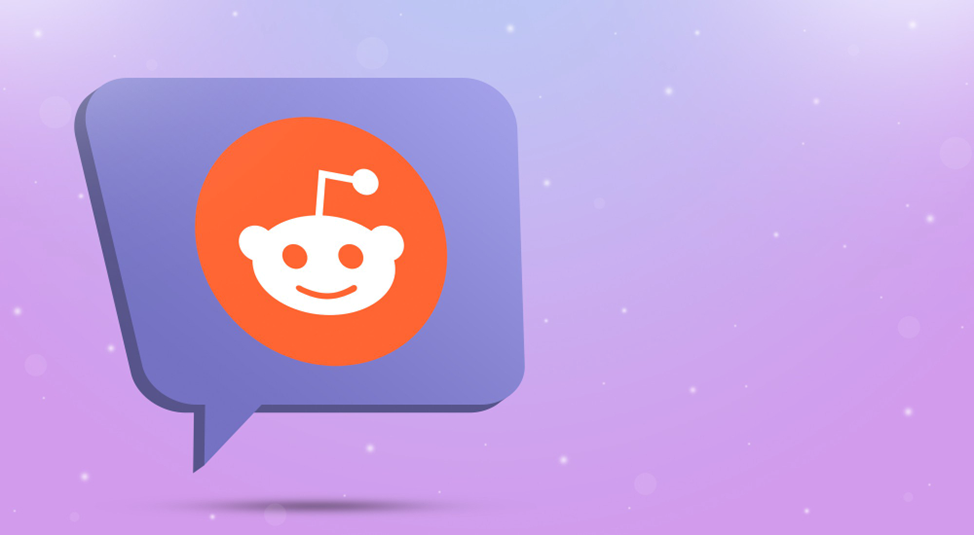
Reddit is the largest social news project. Users can write various blog posts, comment on other authors' posts, and vote for them. You can find thousands of Internet news and disputes on multiple topics. Most of the Python functionality helps this platform reach such an enormous audience.
№6. Pinterest

Pinterest is a social media like Instagram. But this is really about images and not text. It helps users find photos (visuals) they need to inspire or match their interests. For example, if a user keeps a pin about the fastest cars, you will get a series of photos with fast cars if you follow or subscribe to him.
Django is popular with social media platforms because it helps handle massive amounts of data and process thousands of user interactions per second. Pinterest has more than 250 million monthly active users. The platform should provide effective performance and scale while maintaining this performance efficiently. With Django, Pinterest can handle this by allowing users to follow each other and share boards and pins.
№7. Quora
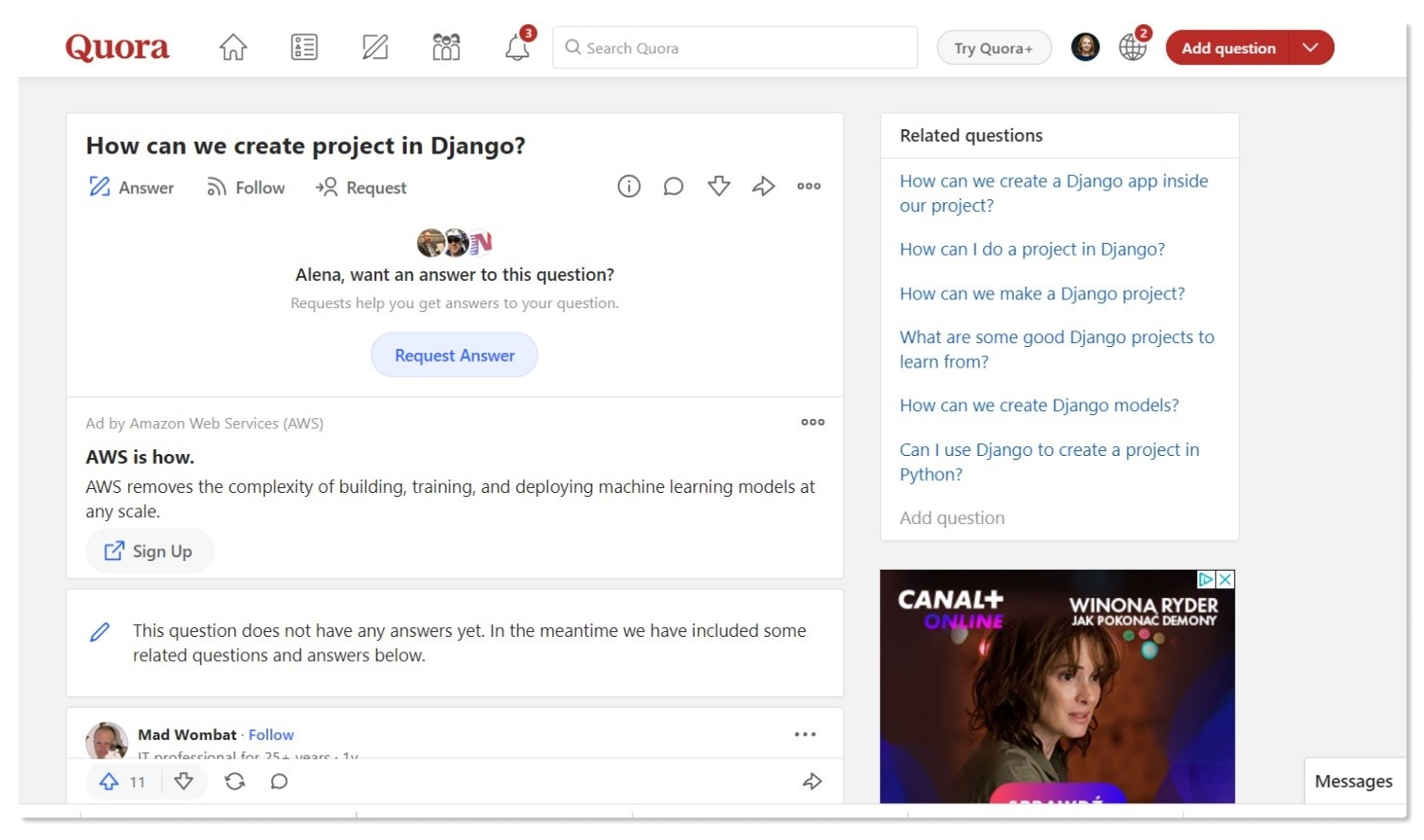
Quora is a US-based website. On this portal, users can ask various questions that other users can answer. The more you answer the questions, the higher your rating on the website. So, if you are a person who is looking for answers, the easiest way to get them is to ask questions on this website.
№8. NASA website
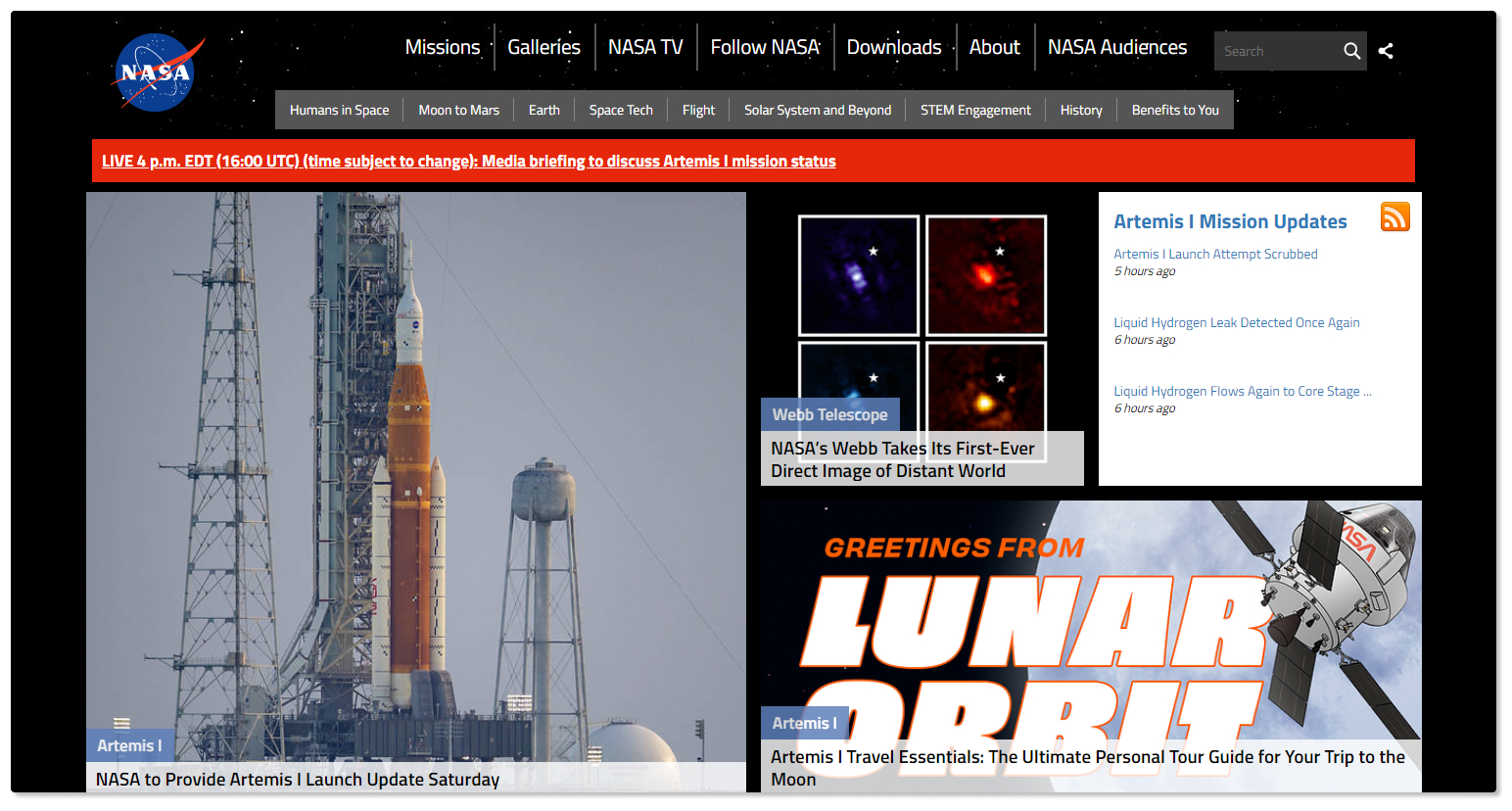
NASA has many illustrations, photos, and information. If the platform wants to work steadily, it chooses the proper framework. Since NASA relies on the Django framework, it must be stable and proven!
№9. Spotify

Spotify is an app that lets you find, listen to, and share music with your friends for free. The application has an ergonomic design that lets you find relevant music content and quickly add it to your playlist.
Like iTunes, Spotify has changed how people listen to, share, and buy music. With Spotify, you can access your music library anywhere and on any device.
The developers chose Django for two reasons:
- Fast back-end
- Machine learning options.
Django allowed them to use all the Python features and get the most out of them.
However, Spotify uses a combination of Java, Python, and C++, with less of the latter than ever before.
№10. Udemy
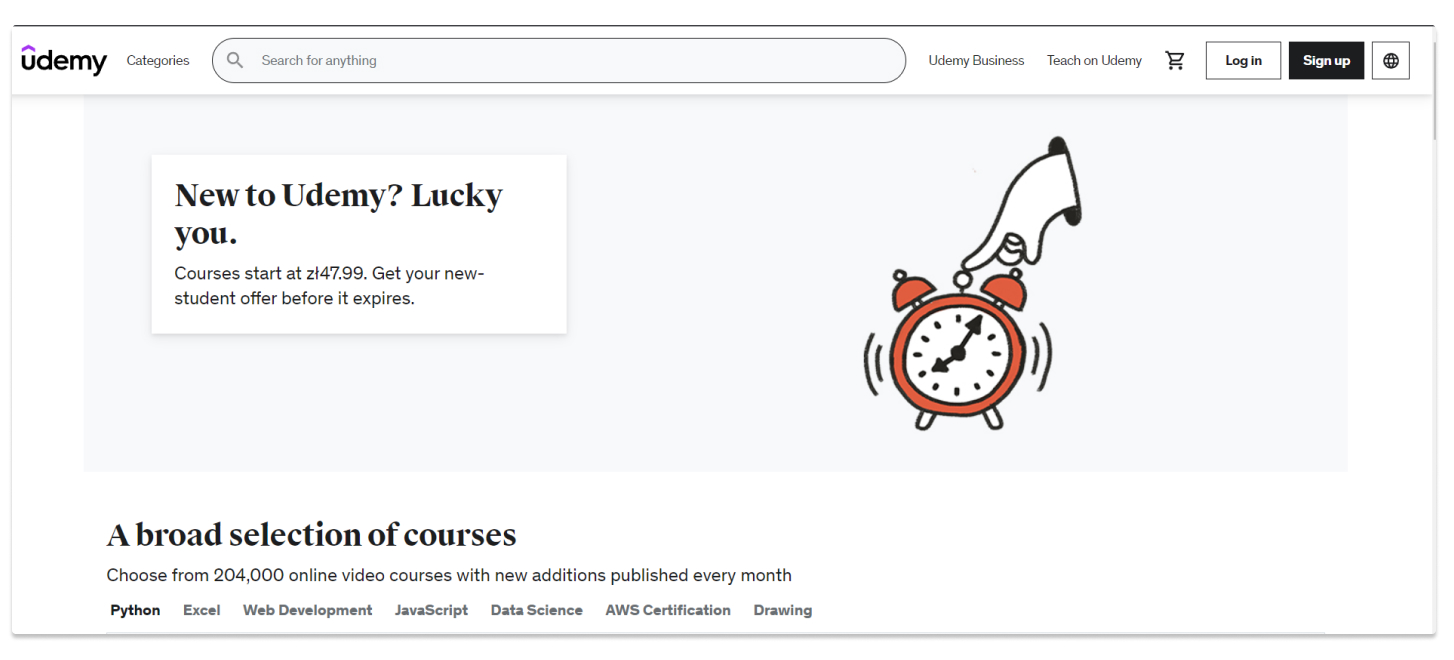
Udemy is another excellent example of Django development. Udemy is a platform for those who want to know more. It's more like an online library with courses. It allows experts to earn from their experience and knowledge. And those who want to become an expert get some valuable skills. The developers have used Django to create a platform for all lessons, information, tests, etc.
№11. Disqus
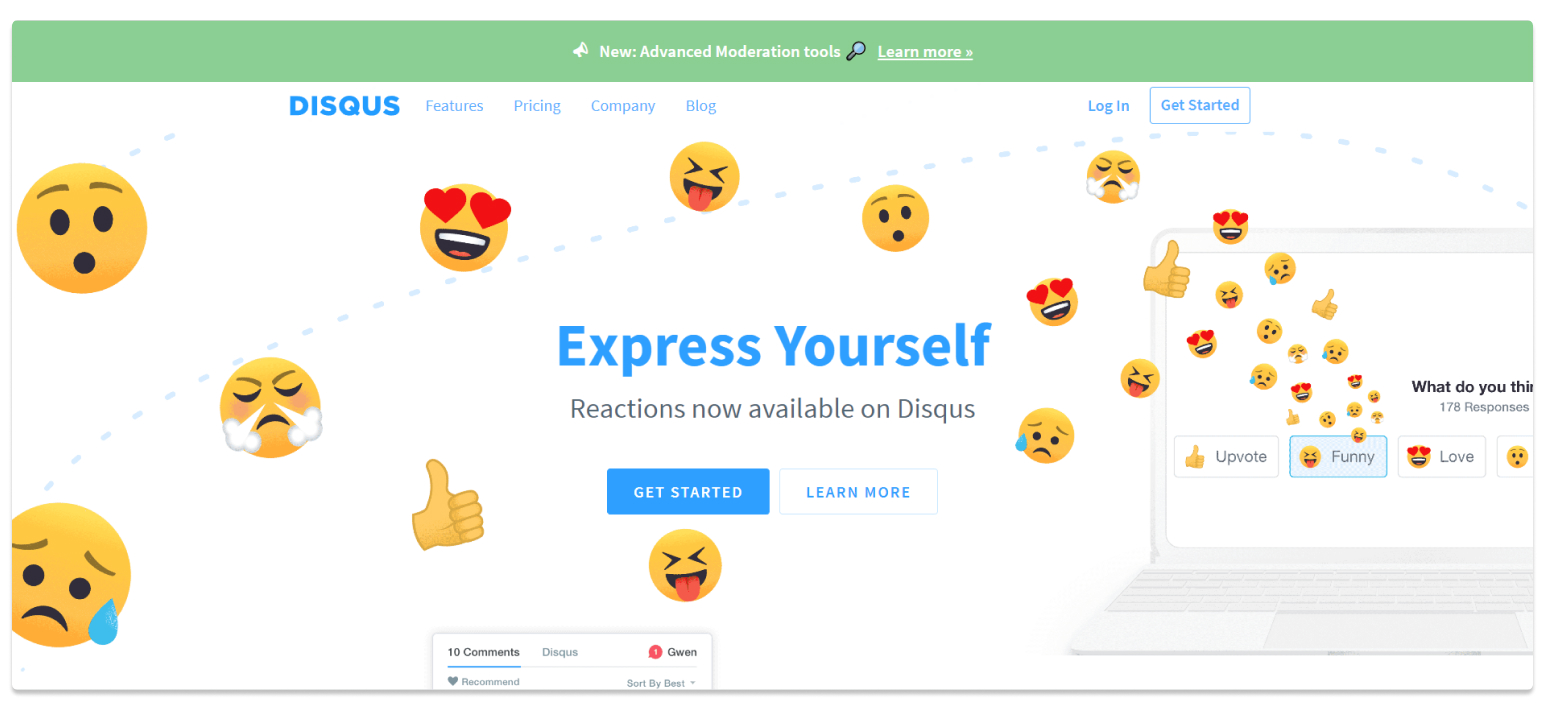
Disqus is one of the most significant projects ever done with Django. It allows you to implement comments and discussion options on your website, analyze visitor activity and customize ad placement.
Using this framework, the team could quickly create a website and expand it to millions of new users. The Disqus team now uses other frameworks, but Django remains the top choice thanks to its ever-growing community and many out-of-the-box options. The Disqus development team also used Django to build Sentry, an internal tool for tracking bugs, debugging, and fixing application crashes.
№12. The Washington Post
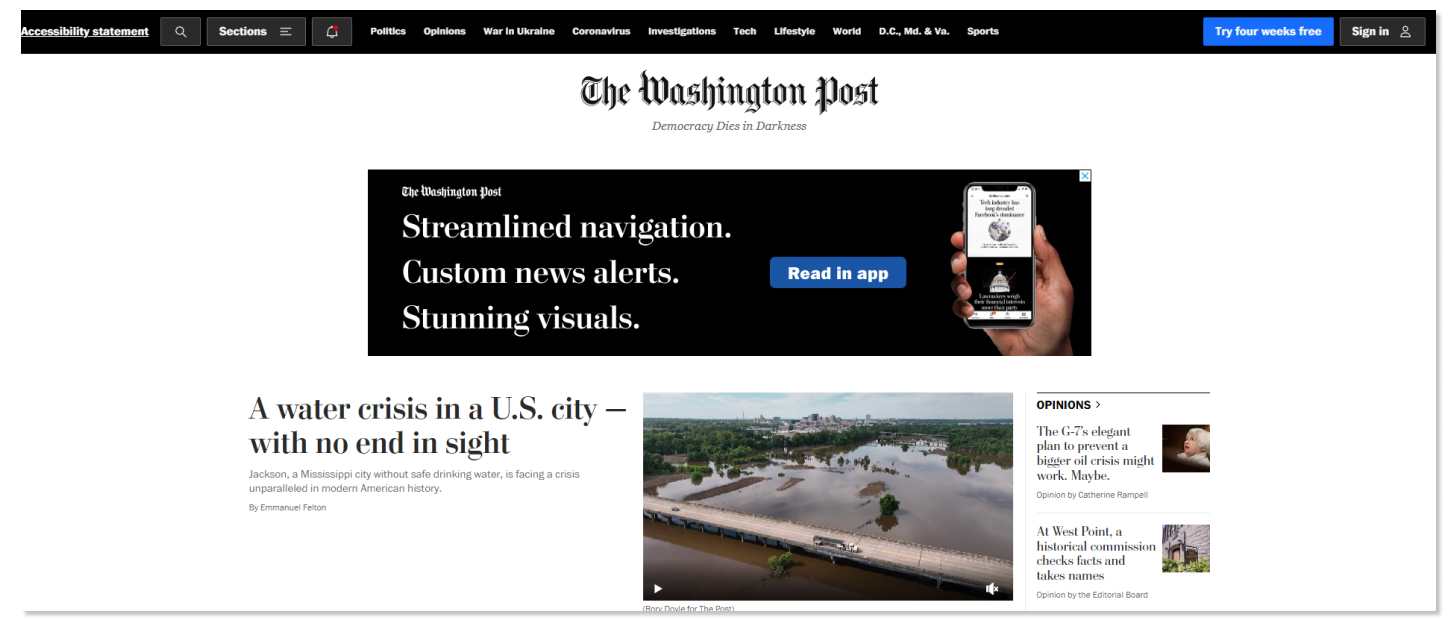
As mentioned earlier, Django originally appeared to support a content application for Lawrence Journal-World. Today, The Washington Post, The Guardian, The New York Times, and other newspaper websites using Django are highly scalable. It can handle the large amounts of data generated by their daily audiences.
№13. BitBucket
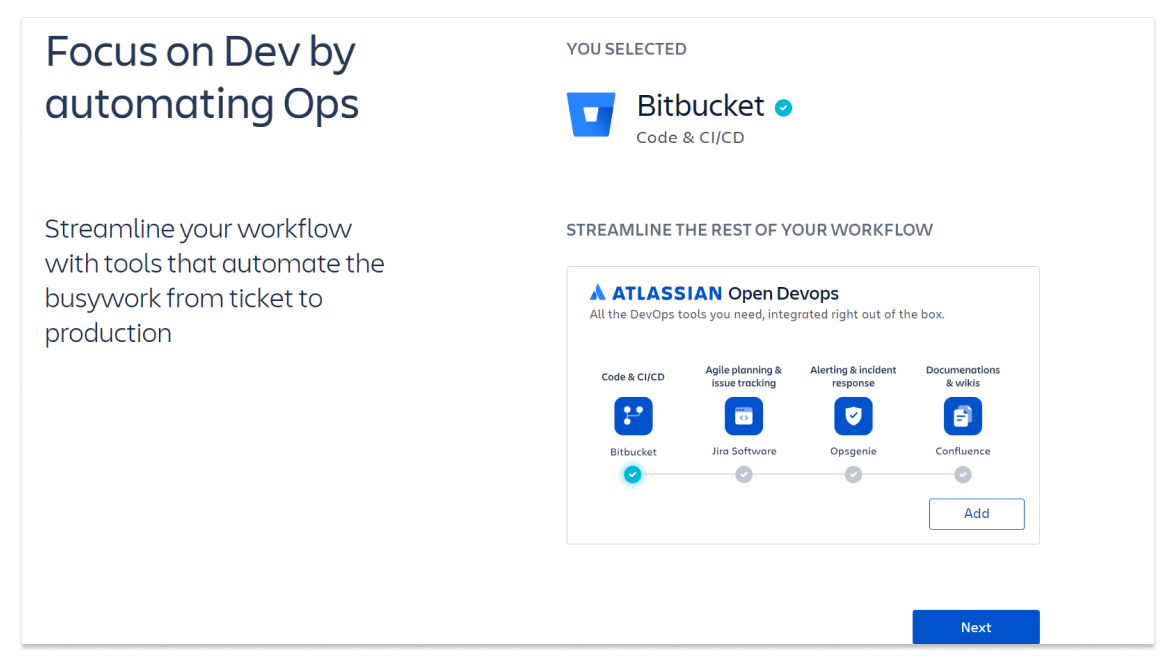
Since its launch in 2008, this cloud-based Git repository has attracted millions of developers. With 17 million requests and 6 million repositories per year, this is one of the most used Django-based web applications.
The BitBucket team chose it for several reasons. The first reason is thousands of developers in their community. The second reason we mentioned earlier is the range of out-of-the-box Django solutions.
№14. Eventbrite
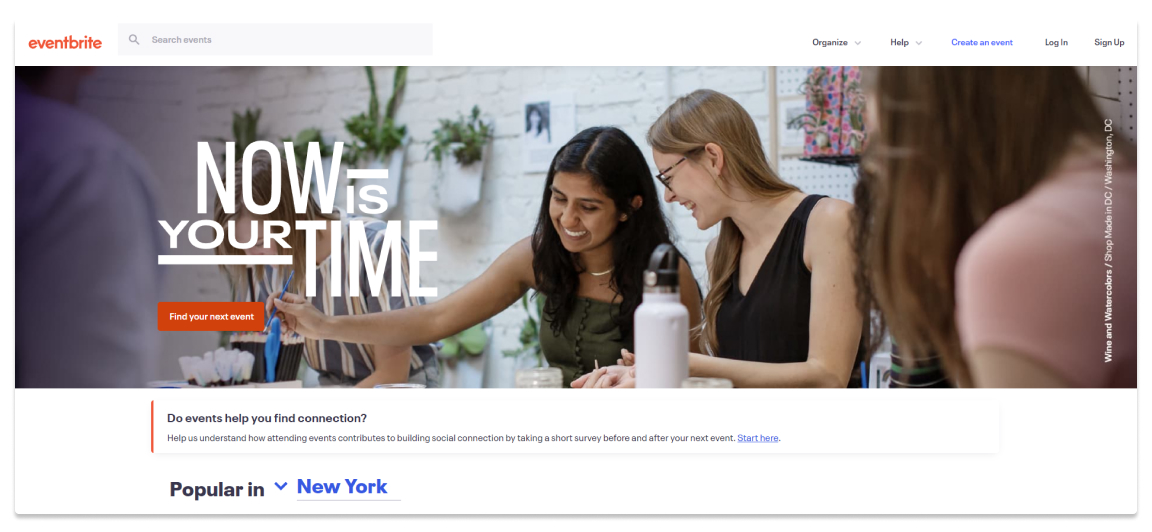
Another Django website is Eventbrite, a ticket and event management platform. Originally developed with Python and native frameworks, it later switched to Django to handle the platform's rapid visitor numbers and interaction growth. Thanks to Django's scalability, Eventbrite can adapt to any audience size and constantly provide users with new updates.
№15. Mozilla
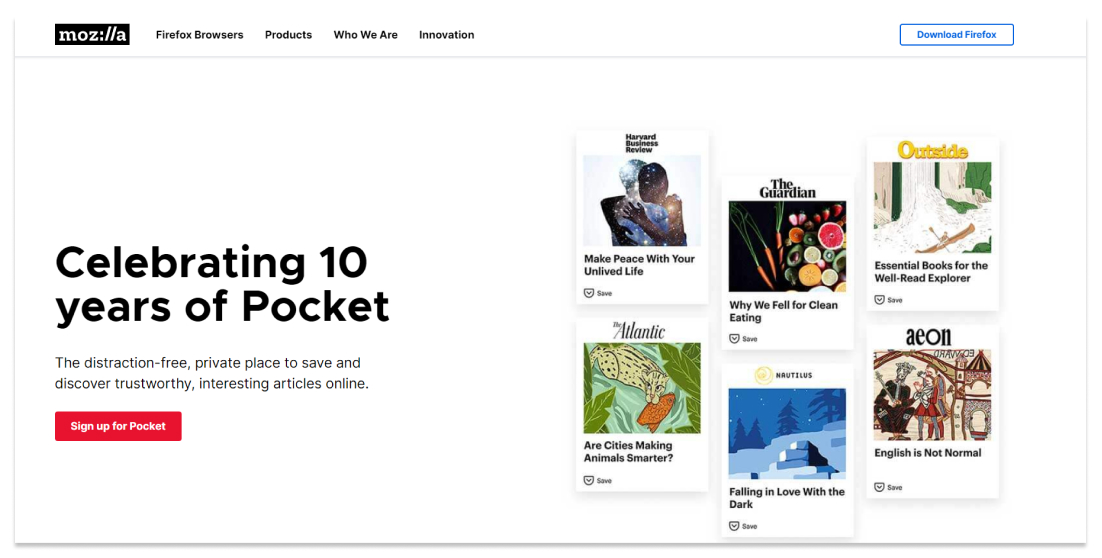
One of the most popular browsers, Mozilla, has to handle hundreds of millions of requests every month. Given the number of requests that come in through the API, it's easy to understand why the team decided to switch from PHP + CakePHP to Python + Django. They now power the Mozilla support website and all add-ons for their browser.
Conclusion
If you have a project thought, it only takes a few minutes to transfer it into the programming language and give it a concrete form with Django. The fact that Django is freely available makes it possible to significantly simplify the web development process, as the developer can focus on the design process and the development of the application's functionality. Django is, therefore, the perfect tool for startups, where web designers need to reflect the company's vision and goals.
Still feel that Django is not suitable for you? Check out 9 Amazing Examples Of React Web Development.
If you are considering a project with a deadline, using Django to solve the task at hand is a wise decision.
It is possible to set a custom configuration to speed up the workflow. In the past, when code development took a lot of time, this option greatly simplified this process.
So, contact us if you feel it's worth developing your following digital product in Django. We've got Django developers and other web devs in our Talent Network.
Ideamotive ensures we match you with talent that perfectly fits your industry and company culture.

Dawid is a full stack developer experienced in creating Ruby on Rails and React Native apps from naught to implementation. Technological superhero, delivering amazing solutions for our clients and helping them grow.
View all author postsTrending articles
21 Dazzling Examples of Mobile App UI Design to Inspire You in 2023
Michał Pruciak 7 min read
MedTech vs HealthTech vs BioTech: What Are The Differences?
Michał Pruciak 7 min read
10 Business Applications of Neural Network (With Examples!)
Michał Pruciak 4 min read
10 Irresistible Examples of Web Design Best Practices for 2023
Adam Kozłowski 7 min read
21 Amazing Examples Of React Web Development
Michał Pruciak 14 min read
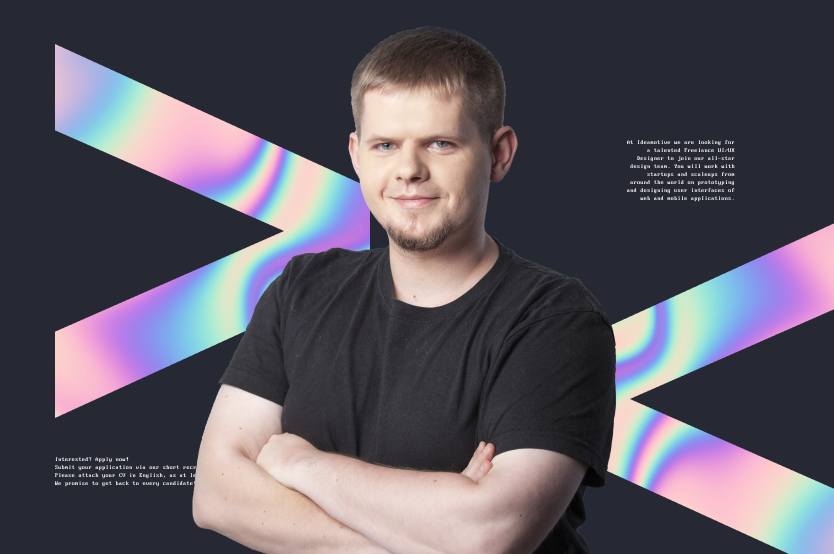
Interested in Hiring Dawid?
If you're interested in learning more about David's availability, let's hop on a call. David is a skilled full-stack developer with a wealth of experience in Django Development.
Read more articles about the Django development
Looking for a specific type of software development service?
Looking for Djanog development experts to join your team?
There are dozens of vetted Django professionals in our talent network.
Rated 4.8 / 5.0 by clients from various industries and locations.

Hire the Article Author
Dawid is a full-stack developer with extensive experience in Django Development. Sounds interesting? Let’s discuss Dawid’s availability over a call.
.png?width=1584&name=Python_%20The%20Definitive%20Business%20Guide%20-%20blog%20banner%201584x396%20(1).png)
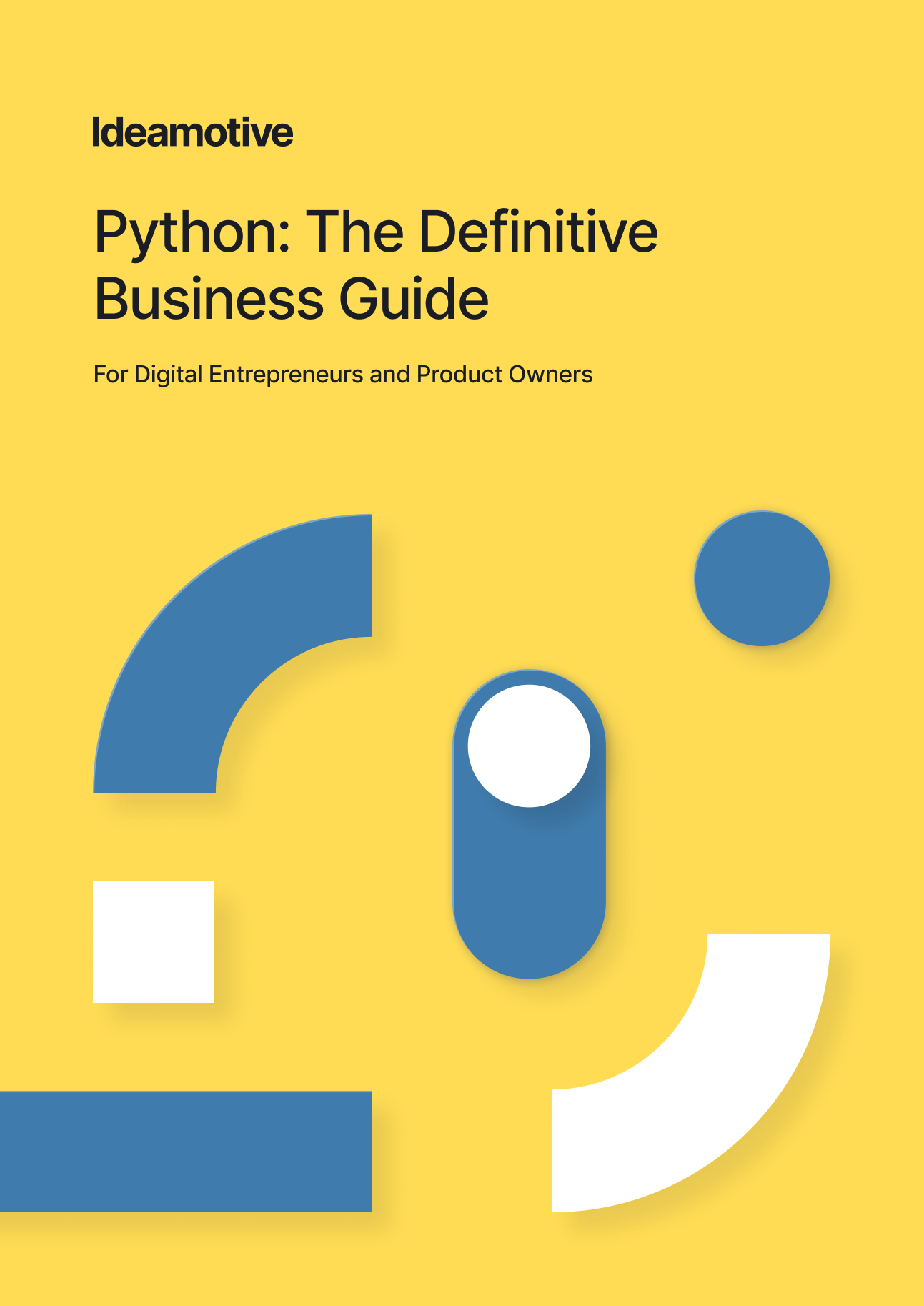
-1.png)
